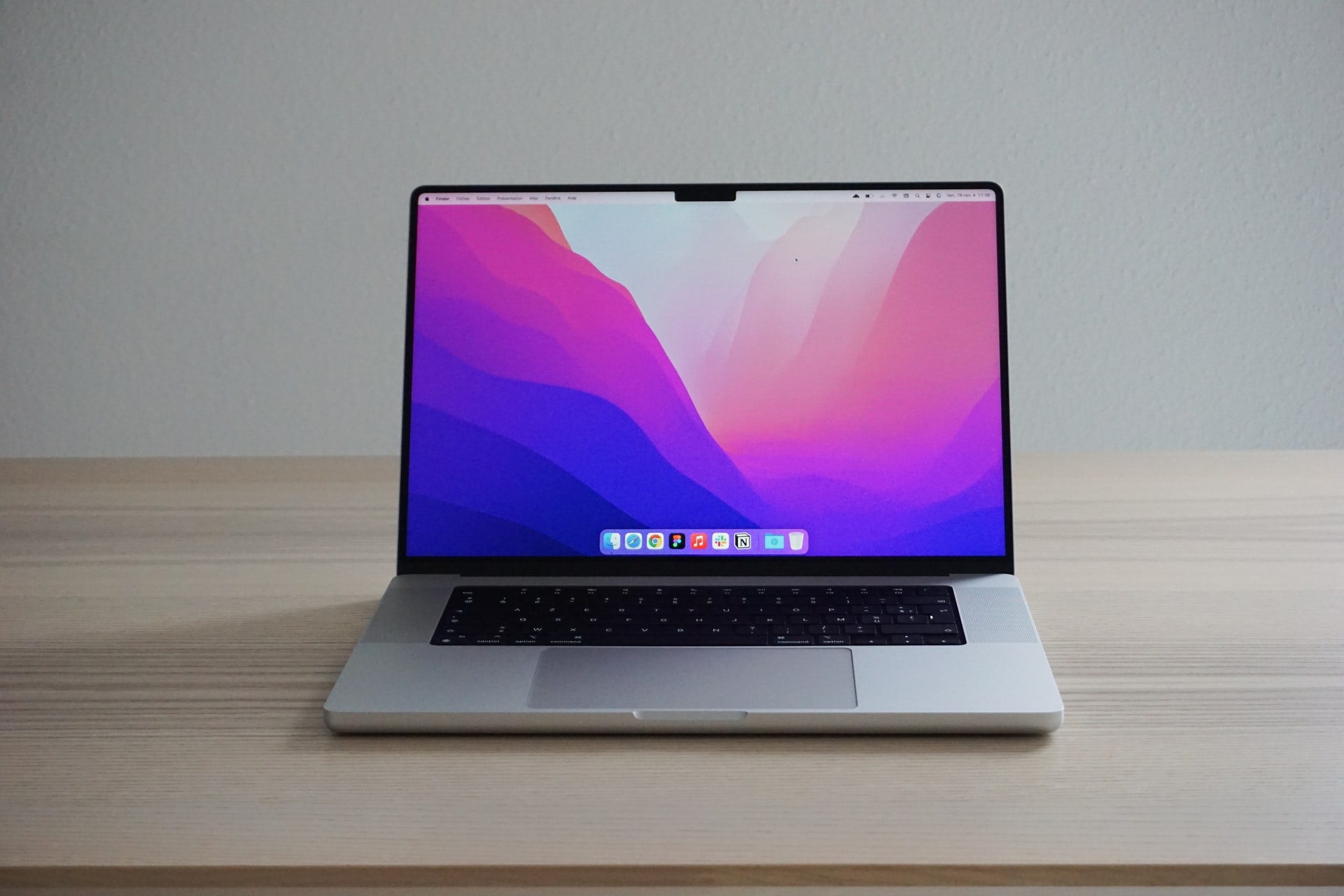It was June 22 in the year 2020. The place was the Apple Worldwide Developers Conference, usually referred to as WWDC. Tim Cook opened his speech by saying it was a “Truly historical day”. Apple officially announced their M1 architecture processors, leaving behind the x86 architecture that has been powering their home computers and laptops for over 15 years.
The new chip would finally hit the stores in November that same year and affect all MacBook Air, Mac Mini and MacBook Pro 13” products. It was just the beginning of an era, and a year later we can say that the seed planted by this new technology is just starting to evolve.
Initial impressions
There were big expectations since they were originally announced. It was exciting times for Apple fans who wanted something different this time around. There’s always an ongoing thing between Apple users and PC users, where the latter is always bragging that Apple Fans(boys) are paying double for the same specs. So, with Apple making their own processors, Apple consumers would be getting a one of a kind experience as it has been happening with iPads and iPhones.
This was great news, and a huge highlight was the efficiency of this technological approach proving that ARM architecture could be used on desktops and laptops as well.
Those first launched products were just the beginning, and there weren’t even any exterior redesigns to the units. These came with the new iMac, also based on the M1. The last to be updated has been the new 14 and 16-inch MacBook Pros, but in these Apple has given an important twist not only to its design, but also to what’s under the hood.
Apple boosted their high-end product with an M1 Pro and M1 Max version of the chipset, where analysts were highly impressed by their performance. The results are evident. These laptops are extremely efficient and powerful. Efficiency may not be key for desktop users, but for a laptop is almost a selling point.
What does this mean for the users?
The first thing we can tell is that Apple was able to cut their prices on entry-level devices such as the MacBook Air, which is always appreciated. You will be able to get more battery life, so if you are a nomad worker you’ll spend less time looking for an outlet to feed juice into your rig.
Fortunately, the software remains as good as ever. You’ll be able to keep surfing the web as you are used to and even visit your regular sites and play with live dealers as you do from your phone or tablet, you will be able to play your favourite games such as Roulette, Baccarat and Blackjack taking advantage of the crisp screen Apple has its users accustomed to. Also, with Apple pay integrated into the system you’ll be able to safely pay and earn big jackpots.
Regaining lost ground
Apple seemed to have finally awakened. They have been losing ground over missteps such as cutting the number of ports and replacing their keyboards with the hated butterfly keys.
What’s really interesting is that it seems like only Apple sees ARM technology on computers as revolutionary.
The rest of the manufacturers have not changed their roadmaps when seeing how Apple’s strategy has worked. It is true that Intel has made a striking bet with its Alder Lake, but the background remains the same and neither Intel nor AMD seem willing to change their bet and will keep boosting entirely the x86-64 architecture.
It doesn’t seem likely that we’re going to see anything similar in the Windows environment, in fact. Not for the lack of trying though. Qualcomm has just presented its Snapdragon 8cx Gen 3 chips, but Nuvia seems to be the most expected among the bunch. Also, manufacturers such as MediaTek and the giant Samsung seem to be confident that the ARM architecture can make an appearance on desktop and laptop PCs.
Conclusion
It was about time for Apple to come out of lethargy and try to regain their fans. Most of those who are into Apple products seek in the company a premium experience which, to be honest, has been falling short in the later years (except for its price).
Fortunately, competitors have pushed Apple into changing their route and we will see the benefits as users in the long term.



 Bitcoin
Bitcoin  Ethereum
Ethereum  Tether
Tether  XRP
XRP  Solana
Solana  USDC
USDC  TRON
TRON  Cardano
Cardano  Lido Staked Ether
Lido Staked Ether  Avalanche
Avalanche  Toncoin
Toncoin